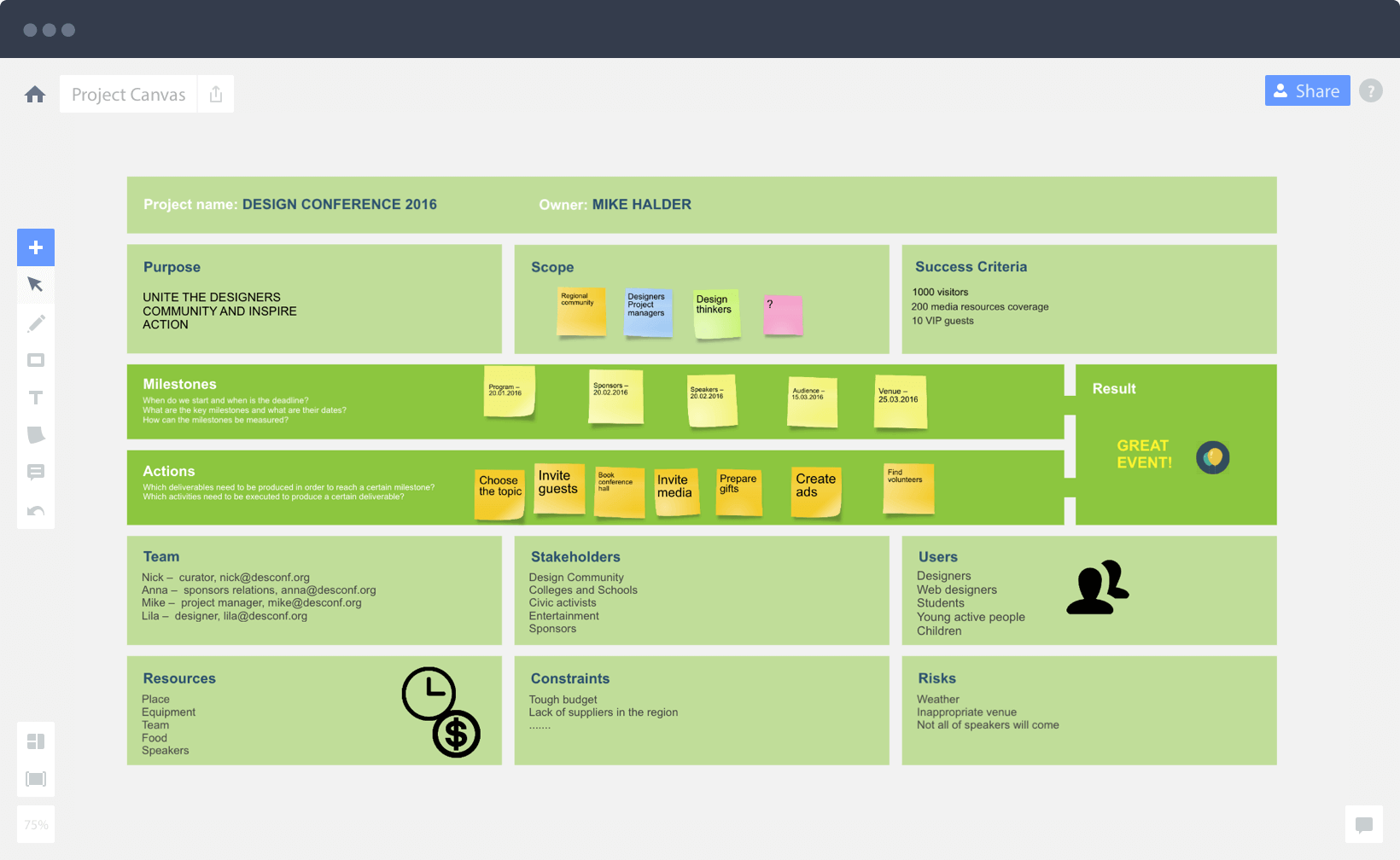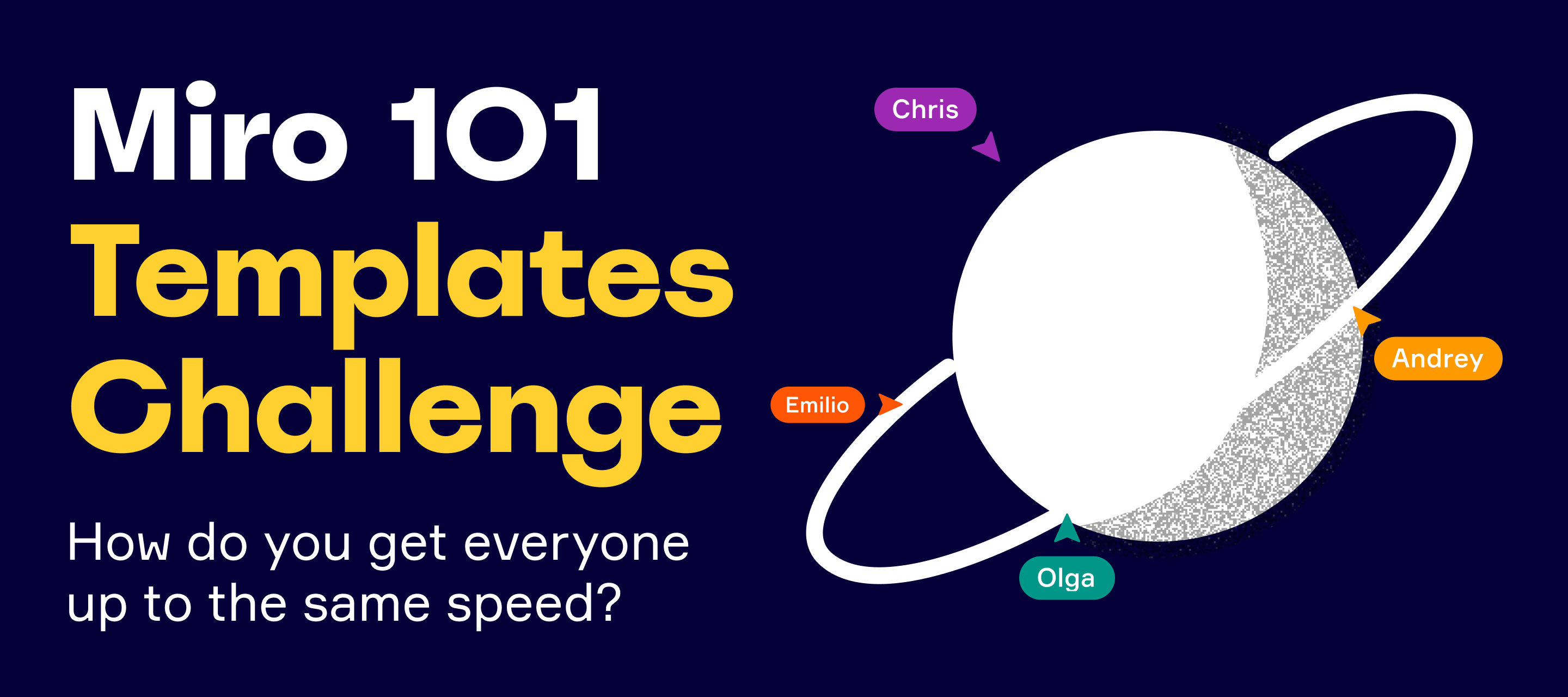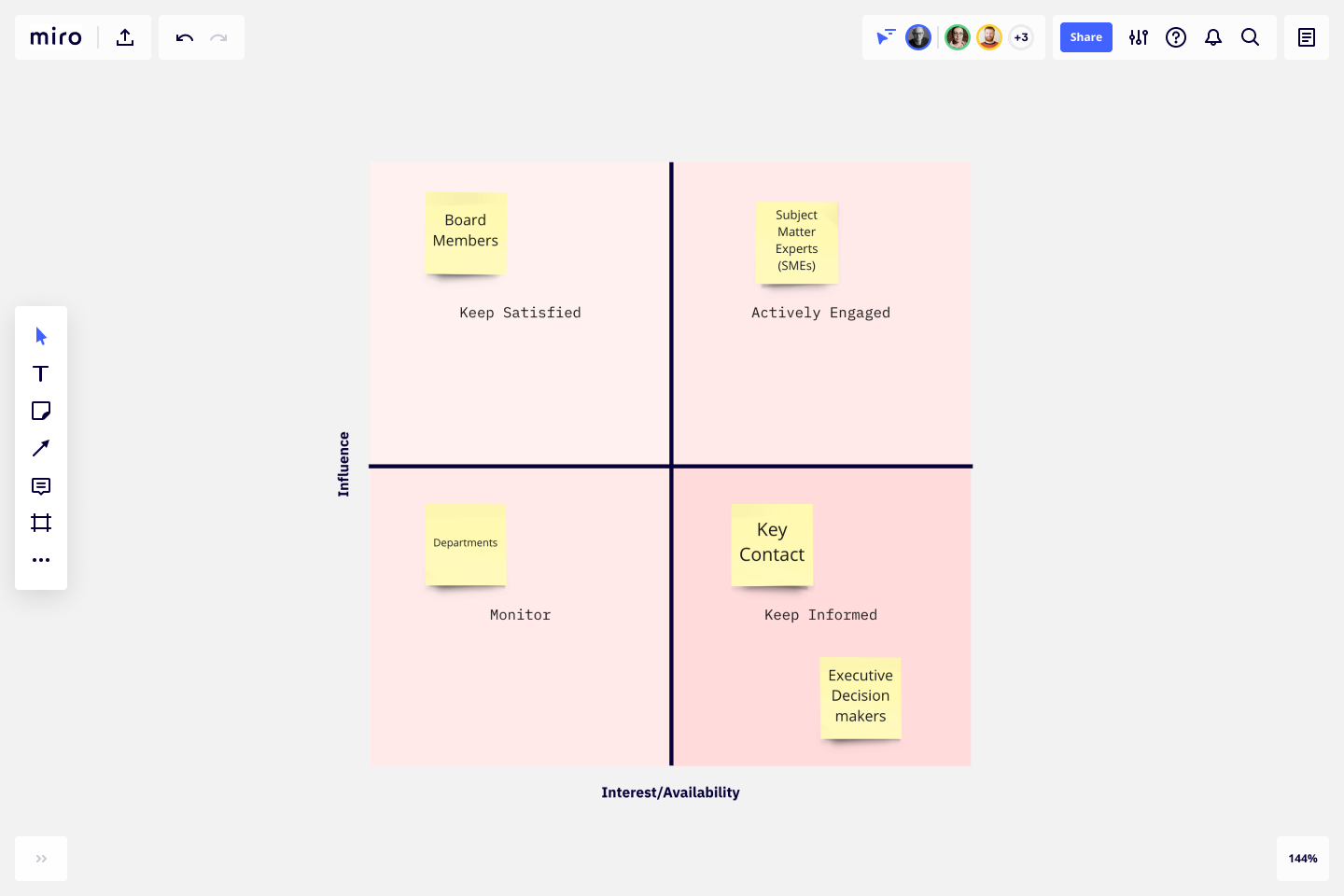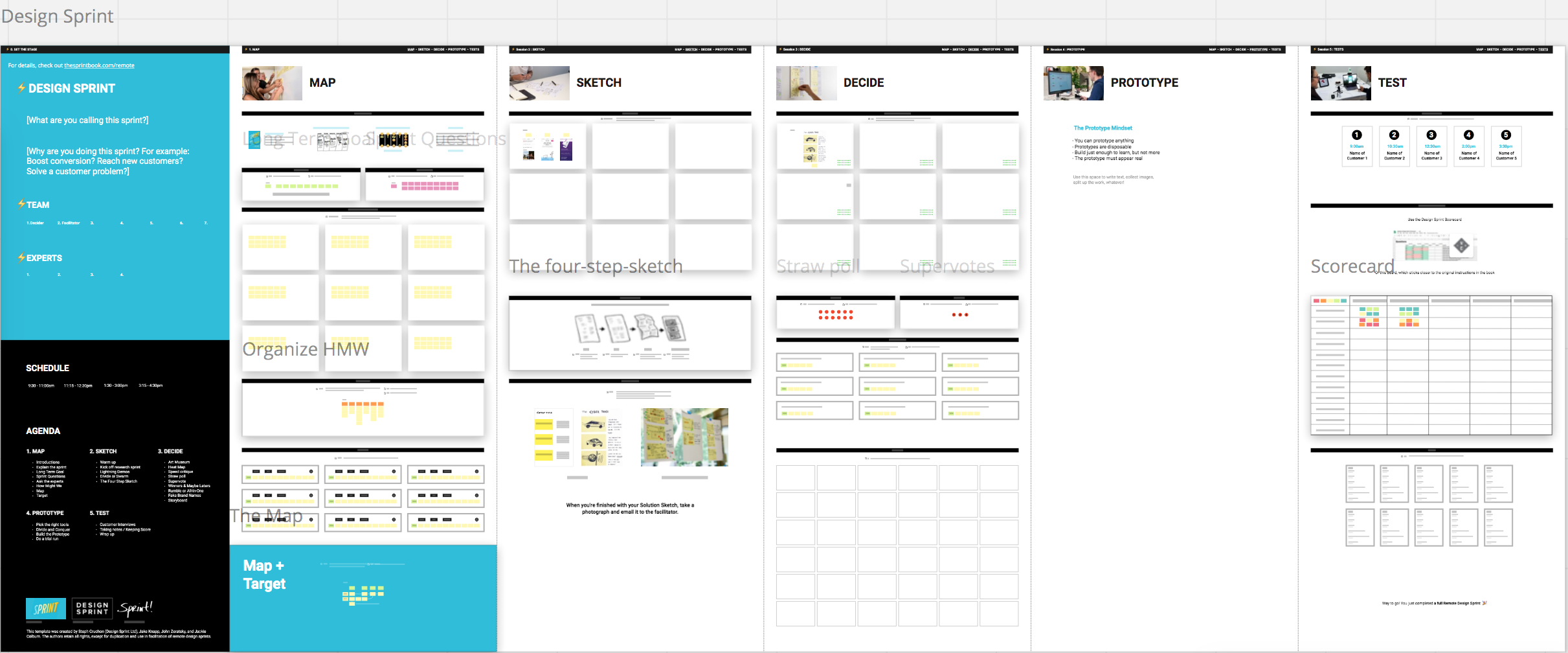
Ask the participants to list their thoughts on sticky notes and place them in the appropriate box. Show the team a whiteboard divided into four boxes: What was good?, What was bad?, Ideas, and Actions. It’s a good starting point for new teams who are not experienced with retrospectives because it’s easy to understand and use. The Quick Retrospective dives straight in, asking the team direct questions about the sprint: what was good and what was bad, then capturing ideas and actions from the team. Template 5: Quick Retrospectiveĭefine the team’s key focuses of attention Optional variation: Since “lacked” and “longed for” are closely related, some teams replaced “lacked” with “loathed”. Each group reports on their findings, and then all participants discuss together what they can do to address the individual themes. Give the sub-teams time to analyze the sticky notes on their board and to group them according to similar themes. Split up the group into four sub-teams, one for each L. Give the participants some initial thinking time and ask them to place the sticky notes on the respective areas. Ask the team to write down on sticky notes everything that they liked, learned, lacked, and longed for during the sprint. Show the team the whiteboard divided into 4 areas labeled Liked, Learned, Lacked, and Longed for. Look at the current situation from a factual perspective. Start root cause analysis and develop some outcomes. Have the team vote on what the team feels are the critical groups to focus on. Get feedback from the rest of the team as to whether the grouping is fair, or if changes should be made. Select a team member to group all the sticky notes on the board into similar categories. Write down the ideas within the area of risks as well. Place the sticky notes either on the sail or below the boat, indicating that they are anchors or wind. Ask the team to record on sticky notes things that they felt helped the sprint move forward or slowed it down. Write down what the team’s vision and goals are. 
The islands in the picture are the goals the team is heading to, the rocks are the risks they might face towards their vision.
Explain that, similarly, a sprint has factors that slow it down and speed it up. Show the team a picture of the sailboat in the ocean, propelled forward by the wind, held underwater by anchors, heading towards the island, and facing rocks. The exercise can continue until the time is up, or all the important topics are highlighted.ĭefine the vision for the team and identify any problems along the way. Discuss the highest voted topics with the team: the conversation should generate ideas and improvements for the next sprint. Voting takes place to determine which ones have the most impact. 
Observations should be grouped by similarity.Ask each participant to describe their observations and place the sticky note on a whiteboard – it should be the area that best matches the participant’s feeling, making them glad, sad or mad.The team members should record each observation on a sticky note.Give everyone 15 minutes to come up with a list of observations they’ve made from the previous sprint.Show the team the template divided into three areas, labeled Mad, Sad, and Glad.Understand your team’s emotional health and bring about any necessary change. The actions don’t have to be measurable, but the previous iteration can be used to generate benchmark values to help define the actions for the next sprint. Add your answers as digital sticky notes in the corresponding columns.Show the team the template separated into three areas, labeled: Start, Stop and Continue.Instead of listing all topics, grouping them, and then trying to take action on specific groups, this technique tries to identify actions straight away. The “Start, Stop, Continue” method is about quick idea generation. The screenshots you’ll see use Miro, but you can easily replicate these templates on a wiki page or whiteboard.įocus the team on processes and form new team habits by defining what to start, stop and continue doing.

In this post, you’ll get five simple sprint retrospective ideas, along with templates for each.Īlthough the majority tools traditionally used for sprint retrospectives (whiteboards, sticky notes) lend themselves to co-located teams, the rise of the remote worker means that more retrospectives are happening in the digital realm as well. The trick is to change up the format every once in a while – retros quickly become stale if you sleepwalk your way through the same agenda every time.

Get stories about tech and teams in your inbox SubscribeĪ sprint retrospective is a great way for your team to reflect on the previous sprint, the work that was done, the goals achieved, and generate ideas for improvement.








 0 kommentar(er)
0 kommentar(er)
